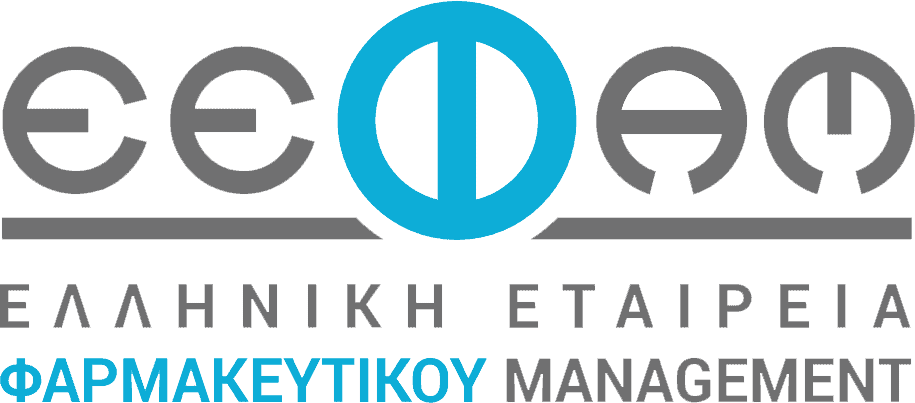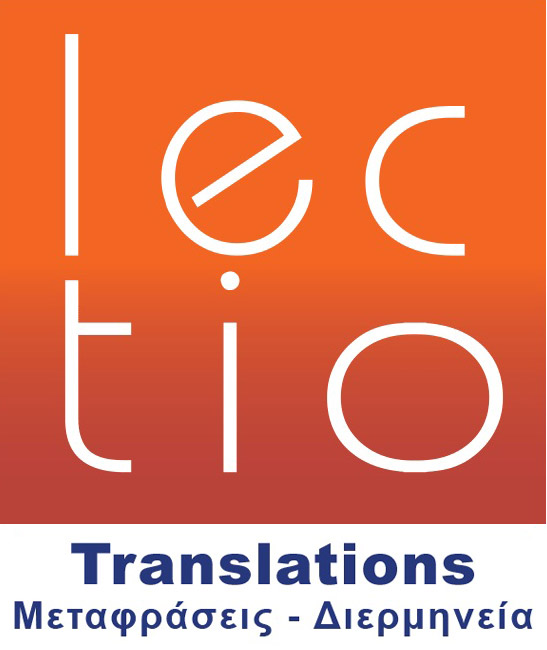Blog
Blog
Pharma’s salesforce is suffering — what does version 2.0 look like?

Pharma’s salesforce today is a shadow of its former self. In 2005, there were more than 100,000 sales representatives, making up about 12% of the industry’s workforce of 870,000. But today, drug reps number about half that, representing only 5.1% of the total.
A large number of those cuts occurred after 2010 when a raft of blockbuster drugs sailed over the patent cliff and companies scrambled to adjust by slashing employees, said Arda Ural, EY Americas industry markets leader for health sciences and wellness. Companies such as AstraZeneca made deep cuts, eliminating 4,000 positions since 2012.
Today, the industry is heading into similarly turbulent waters due to the loss of exclusivity for biologics and a flood of biosimilars poised to enter the market, Ural said. But unlike in the past, there’s little room to slim down what is already a skeleton crew. Instead, companies will not only need to do more with less, but will need to adapt to a whole new way of doing business.
“What got you here, won’t get you there,” Ural said.
A transforming role
Changes to the salesforce were already underway before COVID-19, but the pandemic further solidified the need for a new approach as doctors shut their doors to in-person sales visits. To make it more complex, physicians no longer make prescription decisions entirely on their own, but rather as part of a more centralized decision-making process at large healthcare organizations. But while in-person sales calls have tapered off, sales reps still play an important role.
“You will never replace in-person,” Ural said. However, that doesn’t mean the job will stay the same.
“The timing is very ripe for transformation using this potential crisis moment as an opportunity,” Ural said. “It is certainly an opportune time for the industry to rethink its go-to market model.”
Companies today need to adopt a toolkit approach.
“To augment salesforce’s effectiveness, you need to use omnichannel opportunities, meaning you communicate with the physician in the digital environment, an on-demand environment,” Ural said. “Predictive analytics need to be in place here.”
“The timing is very ripe for transformation using this potential crisis moment as an opportunity.”Arda Ural EY Americas industry markets leader, health sciences and wellness
Predictive analytics can anticipate what information a physician might need to make decisions or questions they might have. Companies should also adjust content to address the needs of different physician groups, Ural said.
Training is crucial to help people adjust to this new reality. The salesforce needs to use the right tools to determine where and how to invest time, he said.
AI won’t replace pharma sales reps quite yet, “but pharmaceutical sales reps who can use AI will replace pharmaceutical sales reps who will not use AI,” Ural said.
Ultimately, companies that need to rein in costs should tread carefully. EY data shows that 70% of biopharma products launched since 2020 have failed to meet analyst expectations, Ural said. With this in mind, organizations should consider whether cost-cutting strategies might backfire and further erode a drug’s potential.
“The next move has to be very smart (and) strategic and will require some transformation, not just an adjustment,” Ural said. Instead of simply cutting jobs, companies should prioritize spending more carefully to achieve their most valued objectives.
“The lower hanging fruits are picked, so we need to be rethinking the go-to-market strategy, enhanced by omnichannel as an important part of how companies will introduce their products,” he said.
Πηγή: pharmavoice.com







